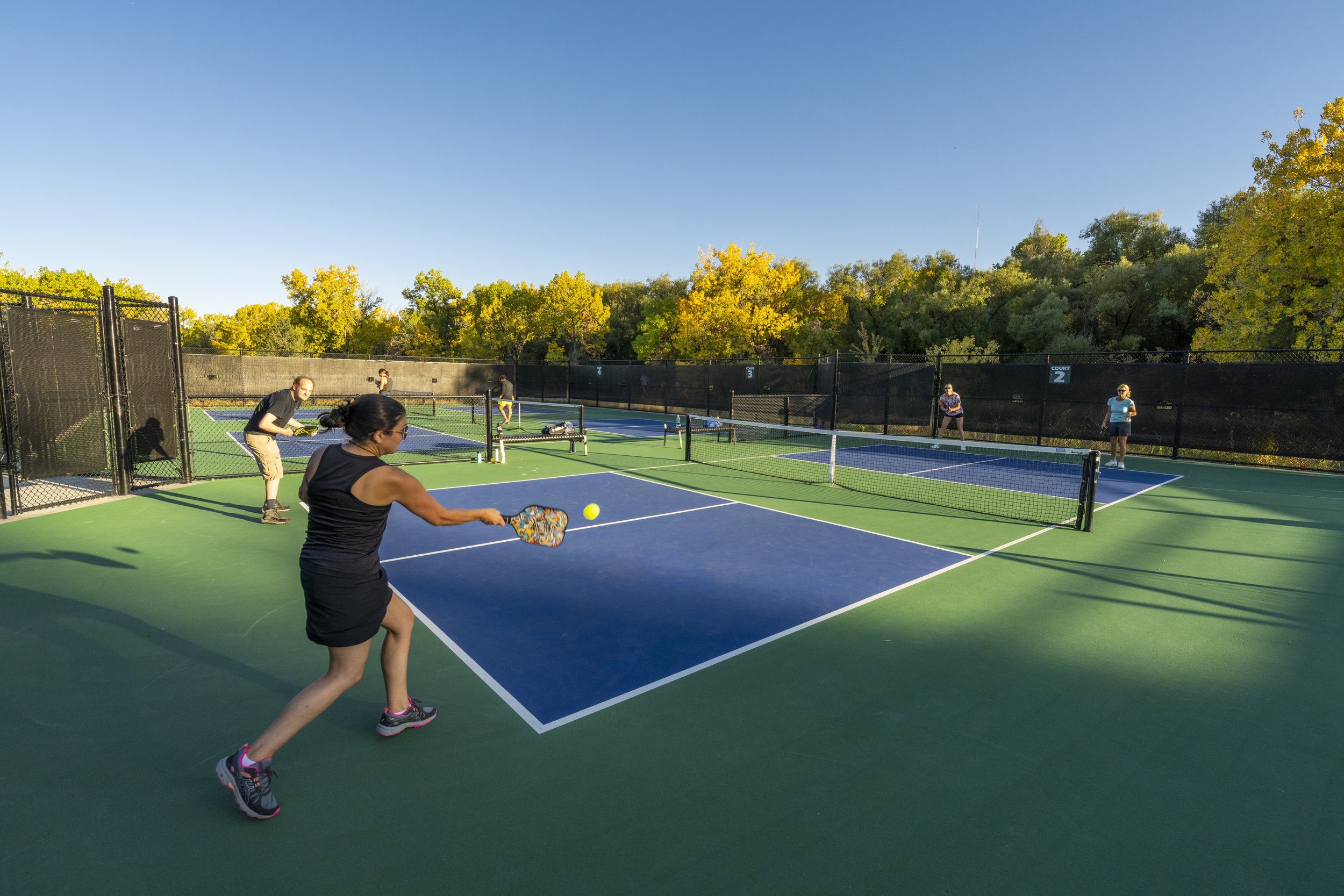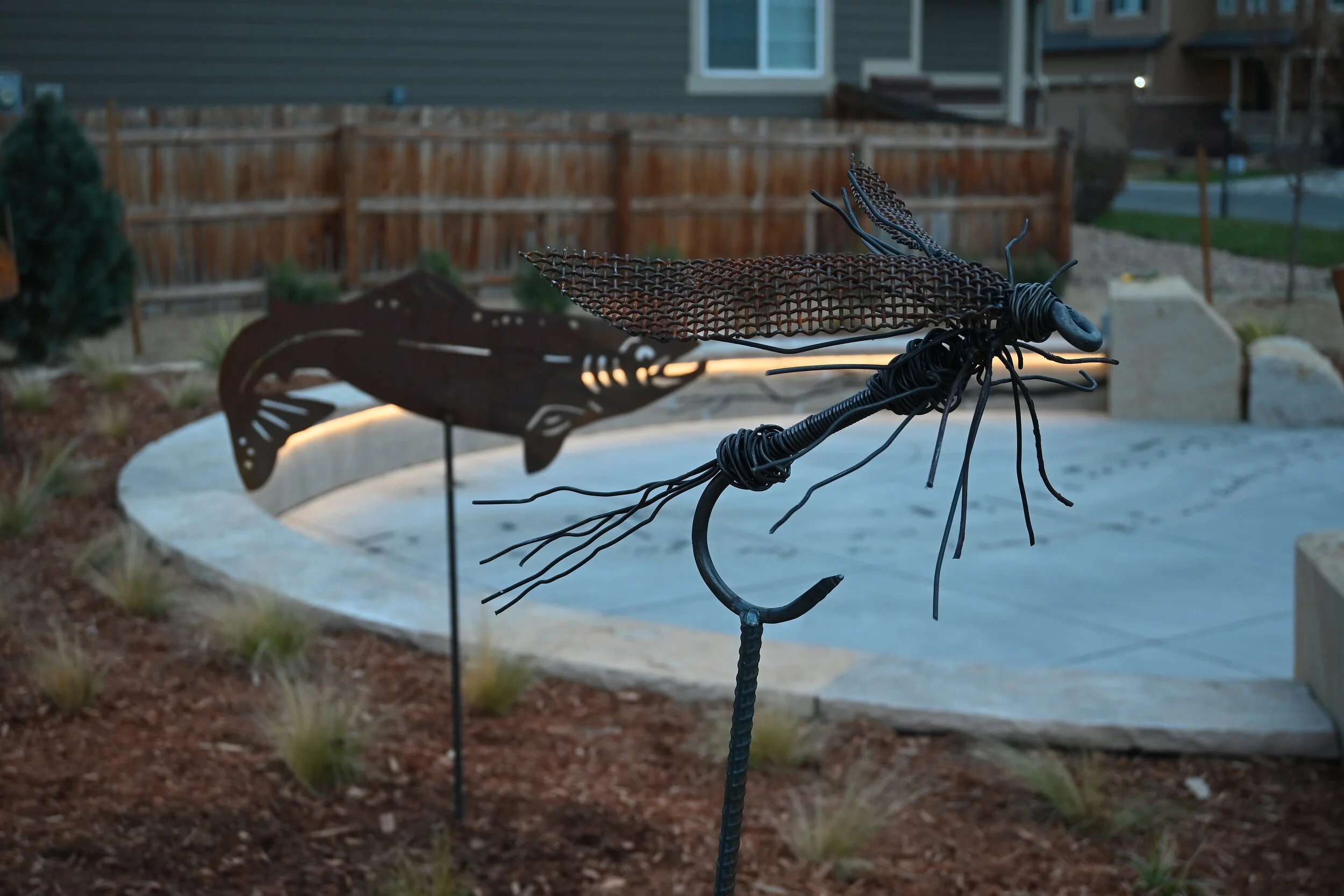Colorado’s newest incorporated city is Centennial. Located in the southern portion of the Denver Metropolitan area, Centennial stretches from the Platte River Valley on the west to the eastern plains. Centennial is so new that it lacks much of the imagery and activities that most towns grow up with. One great start being planned by Centennial is the new Civic Center Park and Town Plaza. Located on the central spine road of Arapahoe Avenue and at almost the geographical center of the city, the Park will provide a highly visible place that defines the look of Centennial. The theme of “One hundred years of settlement, ten thousand years of habitation” talks about the history of habitation from the Clovis people, to the cattle people, to the jet set of today. The design and materials used in the park keeps this theme apparent throughout the space. As well, this park includes a diversity of uses from an outdoor coffeehouse to climbing walls and multigenerational play. In this town, having a place that is accessible and inviting to meet your friends and neighbors will be a great new asset. The park also includes a creek, a regional trailhead, diverse topography, a plaza for events, a large amphitheater, and a huge variety of play. The architecture includes a shelter overlook, a large venue group shelter, sledding, restrooms, climbing, and a looped linear arboretum. There is a lot of activity packed into this eleven acres! That is exactly the point of a civic space. This gives people a chance to rub shoulders with other people in a very active way, or to read on the side of the mesa that dominates the park. A new generation of public spaces, well exemplified by this park, focuses on getting people outside, getting them together, and creating education and activity that is meaningful and healthy. That is how the people of Centennial define themselves.
-Axel Bishop











